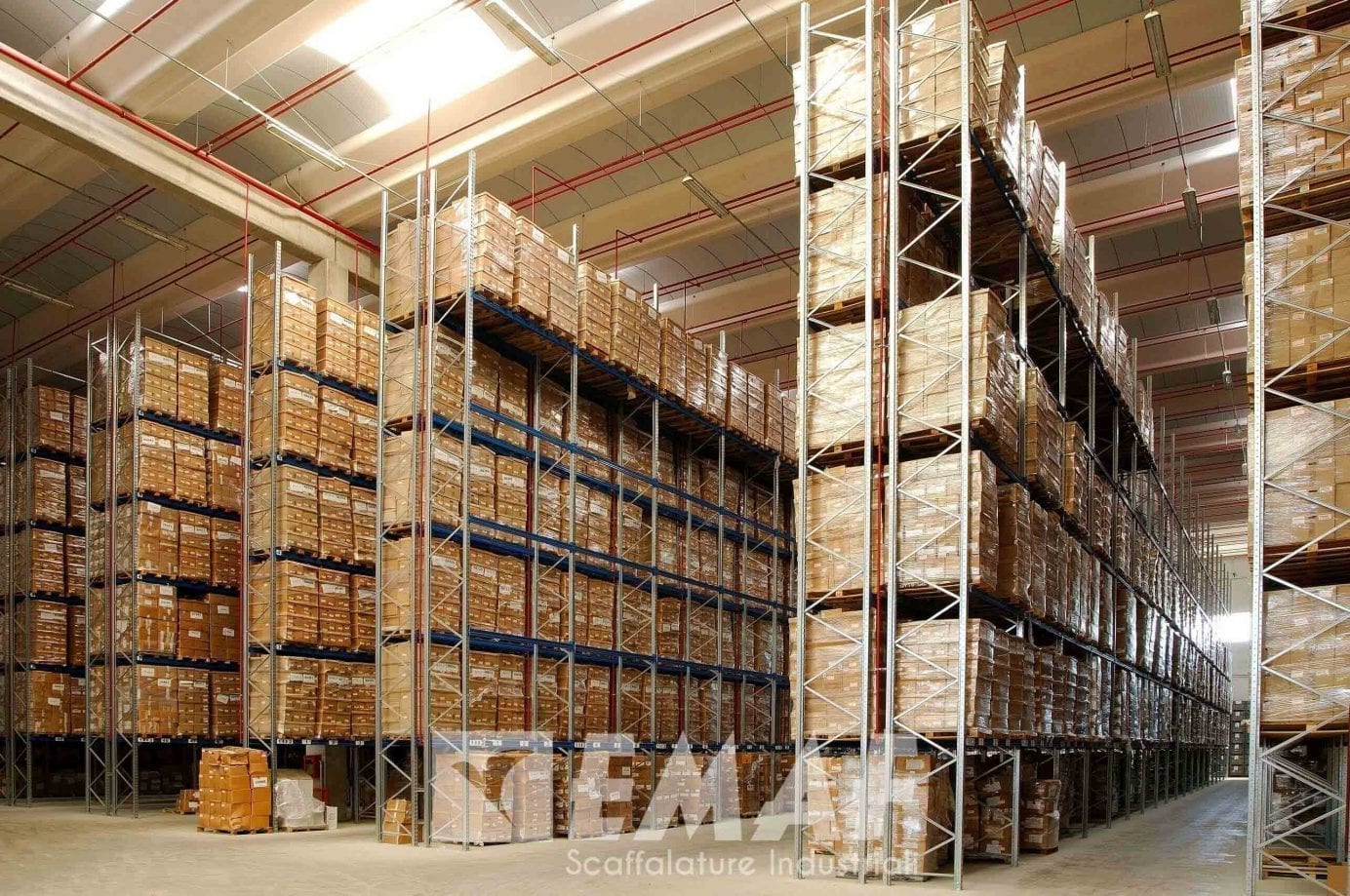As we have seen in the previous documents, the safety of the warehouse starts from a constant and rigorous control of the installations. Damage caused by collision can happen. What must not happen is that eventual damage goes unnoticed for too much time.
Inspections? In-depth and accurate
The inspections must not be superficial but as in-depth as possible. It is not enough to observe the absence of obvious damage but even the beams and the uprights hidden by loads at the higher levels must be examined.
Competent personnel and “historic record”
It matters little if the inspections are carried out by internal or external personnel or even by the suppliers of the installation. What matters is that the personnel be properly trained (and up-to-date) and that they record the results of their inspections in minutes, to be inspected at least once a year to verify that the improvements (or the requested repairs) have been made.
Even the carrying capacity signs must be inspected
European laws require that each storage installation be supplied with a carrying capacity sign that gives detailed information to the operators about the limits of each rack. It is important that the inspectors verify the presence of all the carrying capacity signs. If they notice unauthorized modifications that were not previously approved, the racks must be classified with a red risk level, with everything this entails (removal of the loads and securing of the structure), until the situation returns to normal.
Evaluate the installation of safety features
Caution is necessary for those who operate in the movement of material. The law of large numbers, however, invites us to look at the more general picture: for as much attention as one can pay, for how prepared the operators can be, accidental collisions can always happen. It is therefore better to be prepared, for the safeguard of the installations, material and especially for the safety of the workers. During the inspection, one can evaluate the installation of safety features.
How often must an inspection be done?
It is opportune to establish a frequency for the inspections based on how much of the racking is subjected to possible damage. Possible factors that can make the periodic inspections less frequent are:
- Recued frequency of material rotation;
- Dexterity of the fork lift operators;
- Presence of safety features for the uprights;
- Suitability of the workspace.

